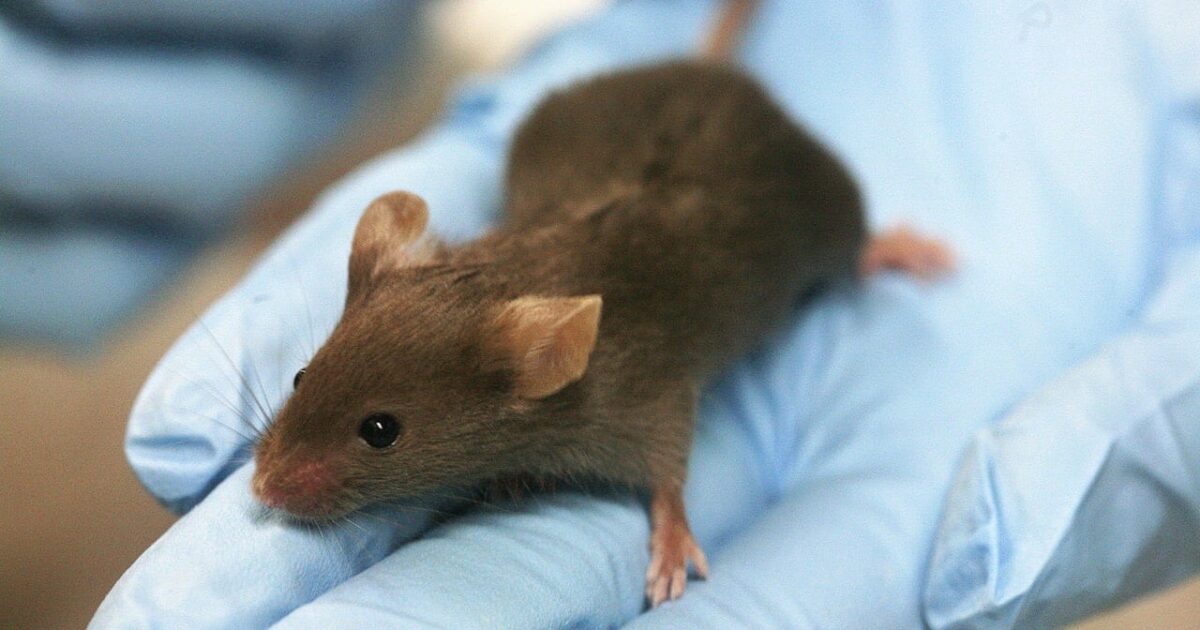 Culture & Ethics
Culture & Ethics
 Medicine
Medicine
Mice Born with No Mother, Two Fathers: What Next?

Biotechnologists keep pushing the borders of what is possible in procreation. Mice pups have now been born with no mother and two fathers.
It was done, apparently, by transforming skin cells from male mice into pluripotent stem cells and thence into egg cells with XX chromosomes. From the Guardian story:
Male skin cells were reprogrammed into a stem cell-like state to create so-called induced pluripotent stem (iPS) cells. The Y-chromosome of these cells was then deleted and replaced by an X chromosome “borrowed” from another cell to produce iPS cells with two identical X chromosomes.
“The trick of this, the biggest trick, is the duplication of the X chromosome,” said Hayashi. “We really tried to establish a system to duplicate the X chromosome.”
Finally, the cells were cultivated in an ovary organoid, a culture system designed to replicate the conditions inside a mouse ovary. When the eggs were fertilised with normal sperm, the scientists obtained about 600 embryos, which were implanted into surrogate mice, resulting in the birth of seven mouse pups.
Why Do Such a Thing?
Ostensibly the purpose would be to help with rare forms of infertility in women. But these are dual-edged technologies. This, I believe, is the real aim behind such experiments:
“Purely in terms of technology, it will be possible [in humans] even in 10 years,” he said, adding that he personally would be in favour of the technology being used clinically to allow two men to have a baby if it were shown to be safe.
Why? What is the urgency in that?
And What About the Baby?
There is no assurance that the baby would not be harmed by such biological manipulation. Or, is that a secondary concern to the great contemporary maw of “I want”?
But Wesley, what if it really is “safe”? How would we know without unethical human experimentation? Humans are much more complex organisms than mice. The only way such procreative manipulation could “be shown to be safe” in humans would require repeated experiments — that would almost surely involve repeated abortions, stillbirths, or babies born with birth defects — to perfect techniques. It would also require surrogate mothers or artificial gestation chambers to bring the babies to term, which would pose other ethical issues.
Because we might be able to figure out how to twist nature into a knot doesn’t mean that we should. The time is long past due to legally regulate human experiments in this field of biotechnology before it is too late.
Cross-posted at The Corner.
